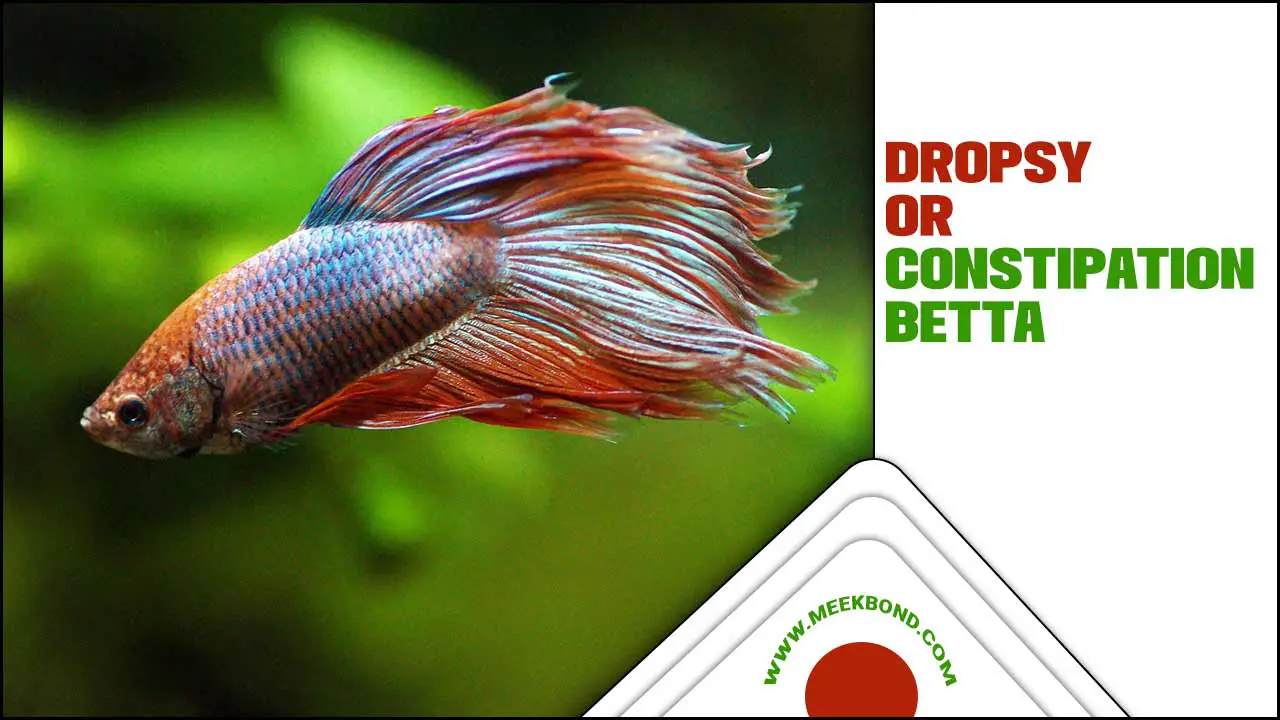Aquarium enthusiasts rely on fish stocking calculators to determine the maximum number of fish their tank can accommodate without compromising health or water quality.
Factors like tank size, fish species, and filtration system affect capacity. Overcrowding can cause oxygen depletion, increased waste, and disease outbreaks. If you plan to create an aquarium or stock up your pond with fish but don’t know where to start. Well, the Fish Stocking- Calculator is here for you.
It is a tool that helps you optimize your pond by calculating the ideal number of fish species and size based on the size of your pond. Here we will give you using the calculator to plan and construct your own aquarium or pond. So, let’s dive in and explore how we can make your dream aquarium come alive.
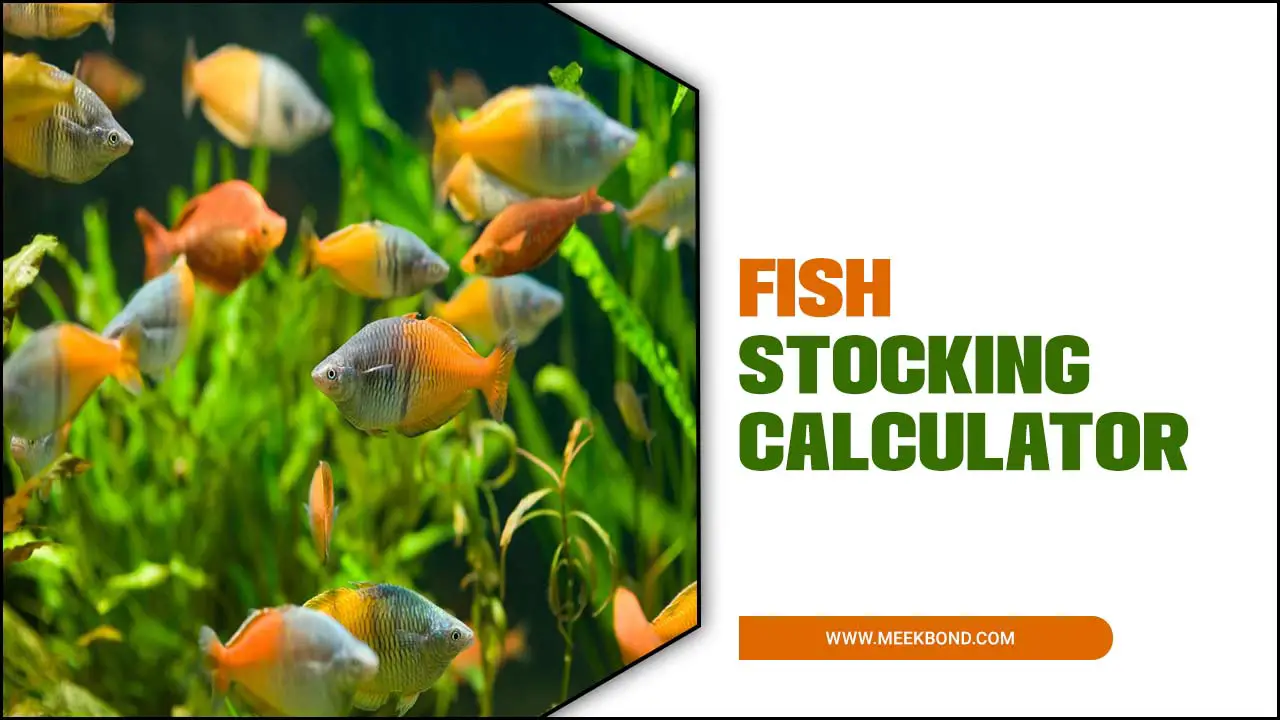
Fish Stocking Calculator – How To Optimize Your Pond
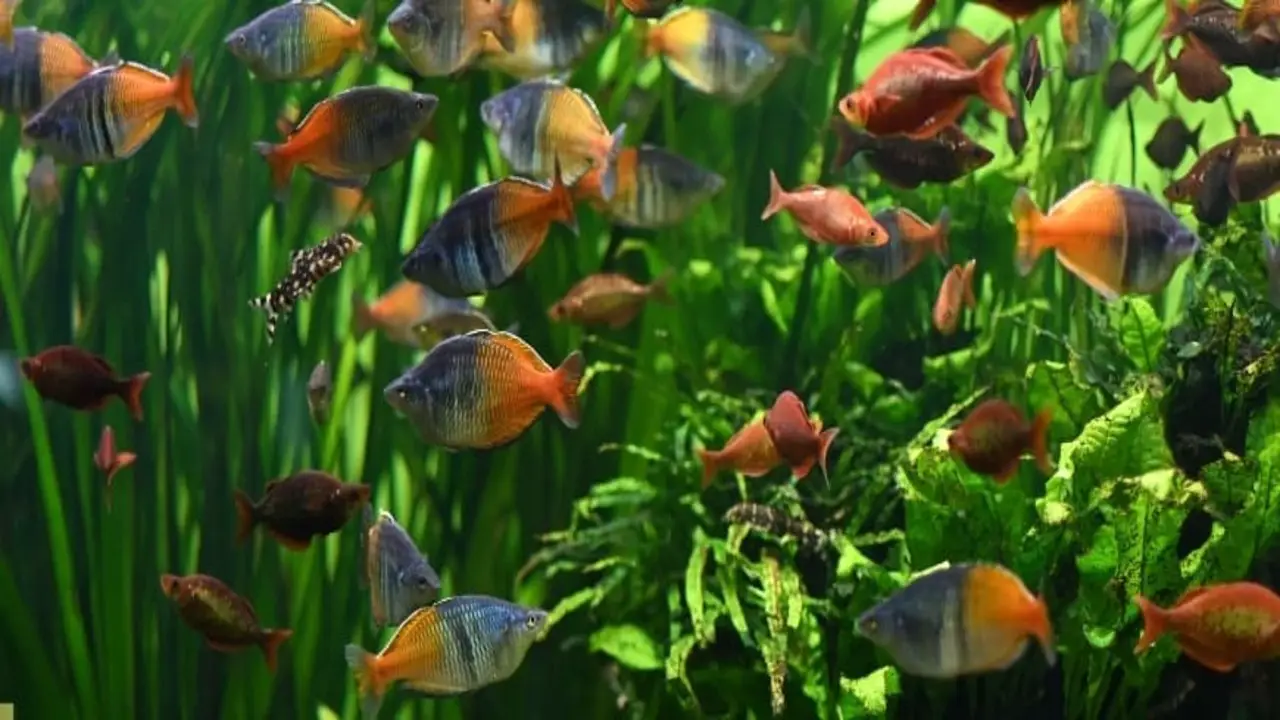
To optimize your pond or aquarium, use a fish stocking calculator. It helps determine the ideal number and types of fish based on factors like water volume, filtration capacity, and species compatibility. The calculator provides stocking recommendations by inputting information about your pond or aquarium, such as the gallon or liter capacity. It considers the needs and behaviors of different fish species for a balanced stock.
Monitoring water quality is crucial. Regularly check parameters like ammonia, nitrates, and pH levels to adjust your fish stock. Overcrowding can lead to poor water quality and stressed fish, so follow the calculator’s recommendations.
A Fish Stocking-Calculator optimizes your pond or aquarium by considering water volume and compatibility factors. Create a balanced ecosystem for your fish and regularly monitor water quality for a healthy environment.
Calculate The Size Of Your Pond
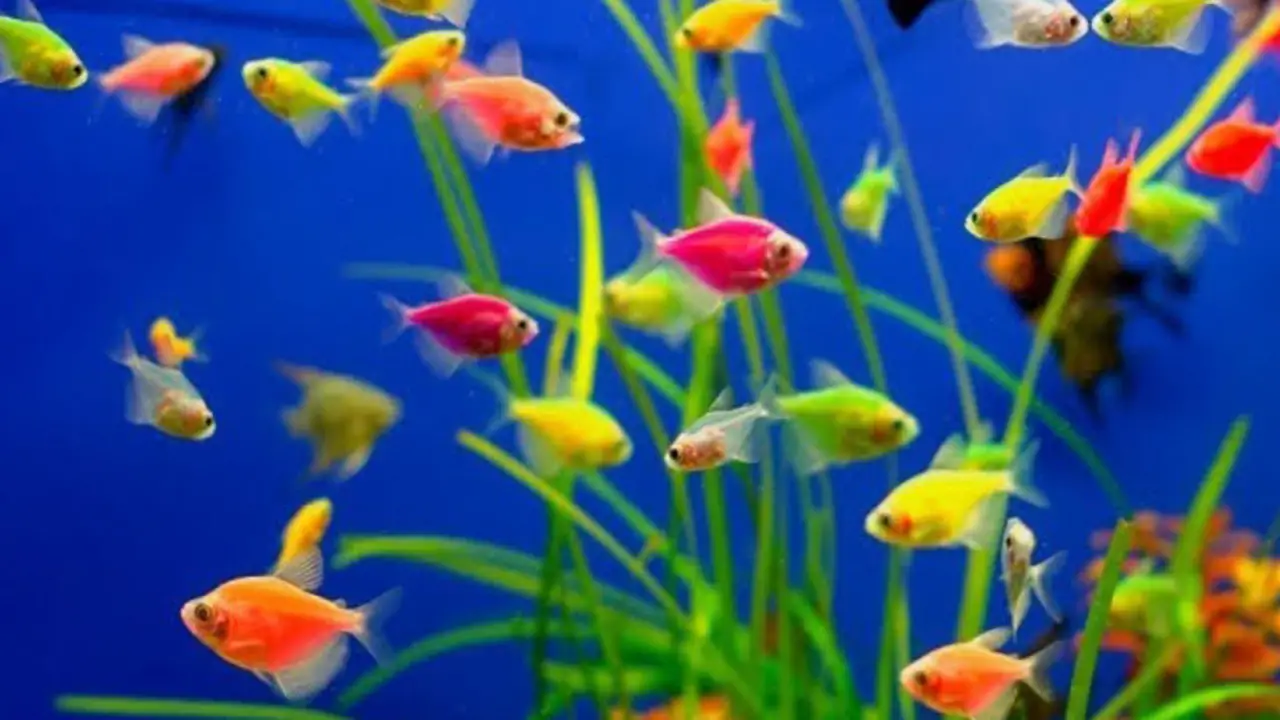
To ensure your fish’s health, accurately calculate your pond’s size using a Fish Stocking- Calculator. Measure your pond’s length, width, and depth and input them into the calculator to determine its volume. This information is crucial for recommending the appropriate number and size of fish for your pond.
Overstocking can lead to poor water quality and harm to the fish. Follow the calculator’s recommendations to maintain a healthy balance. Consider each fish species’ specific requirements when calculating your pond’s size. Using a Fish Stocking-Calculator, you can make informed decisions about the number and size of fish to introduce, creating a harmonious and thriving aquatic environment.
Determine The Optimal Fish Stocking Level
To find the optimal fish stocking level for your aquarium, it’s crucial to strike a balance. Overstocking can lead to poor water quality and increased stress on the fish, while understocking can result in a limited ecosystem and bored fish.
Use a Fish Stocking-Calculator that considers the size of your aquarium and its filtration capacity. The calculator will recommend the ideal number and types of fish to stock by providing accurate measurements and data.
Also, consider the compatibility of different fish species to avoid aggression or other issues. A well-planned stocking level creates a harmonious environment for all aquarium inhabitants. Regularly monitor and adjust your stocking levels to maintain a healthy and balanced ecosystem. Considering these factors, you can create an enjoyable habitat where your fish thrive.
Choose The Right Species For Your Pond
When choosing fish for your pond, consider water temperature, pH level, and pond size. Each species has specific requirements so that they can thrive in your pond. Avoid overcrowding by calculating the appropriate number of fish based on pond size and species.
Feeding habits are also important for a healthy ecosystem. Choose species with compatible feeding habits to avoid competition for food. Variety enhances biodiversity and overall ecosystem health. Research each species to determine suitability for your pond. Choose the right species to create a balanced and thriving environment.
Select The Appropriate Fish Size
When selecting fish for your pond or aquarium, it’s crucial to choose sizes that are suitable for the size of your aquatic environment. Overstocking can lead to health issues for fish, while understocking can limit the biological potential of your pond. Consider the adult size and growth rate of the fish before stocking them.
Properly sized fish can thrive in a healthy and well-maintained aquatic environment. You can utilize a Fish Stocking-Calculator to determine the appropriate number and size of fish for your pond or aquarium. This tool considers factors such as the volume of water, filtration capacity, and the specific needs of different fish species.
Using a Fish Stocking-Calculator ensures your fish are comfortable and have enough space to grow and thrive. The right fish size is essential for maintaining a balanced and sustainable aquatic ecosystem.
Estimate The Number Of Fish Needed
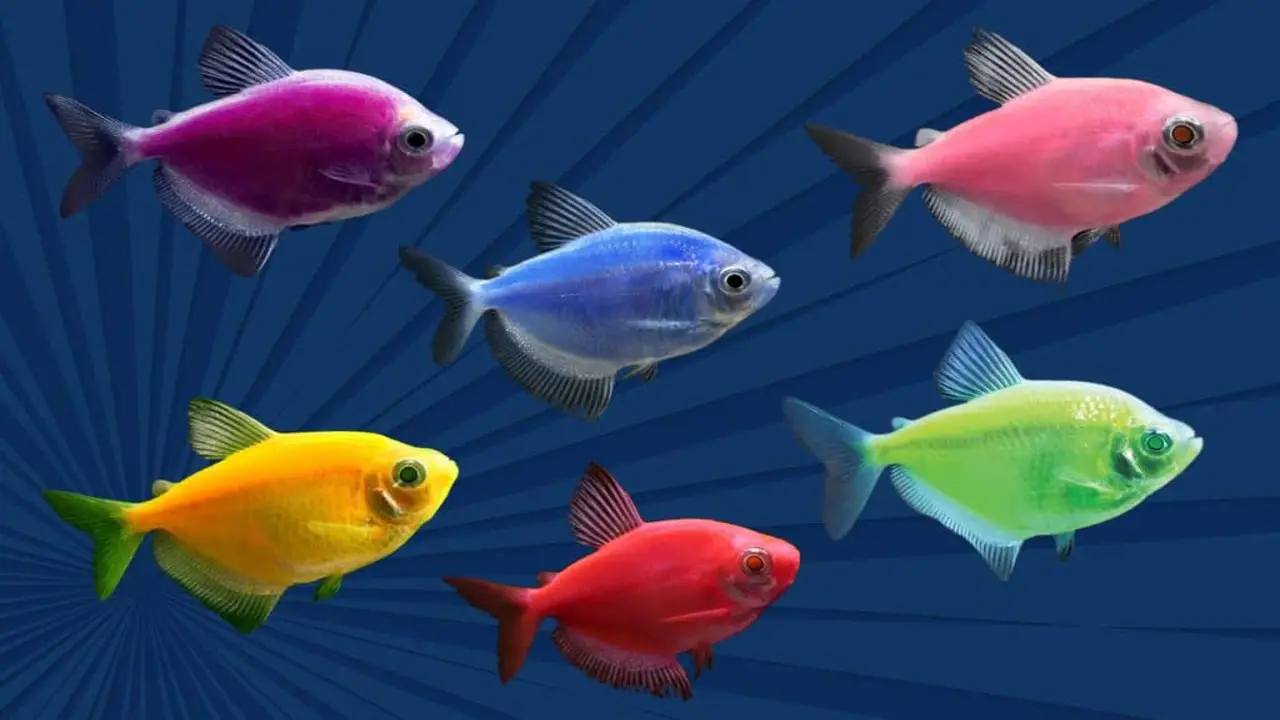
To create a healthy and balanced aquarium environment, estimating the number of fish needed is important. Consider the fish stocking density in relation to the size of your tank or pond. Overstocking can lead to poor water quality and stress among the fish, while understocking can result in excessive algae growth.
Consider the size of your tank or pond, filtration capacity, and specific fish species you plan to keep. Different species have varying space requirements and may need specific water conditions to thrive.
Use a Fish Stocking-Calculator to estimate the optimal number of fish based on parameters like tank size, filtration system, and fish species. Remember that these recommendations are averages and may require adjustments based on your circumstances. Regularly monitor water quality by checking nitrates, ammonia, and pH levels and performing water changes as needed. You can create a thriving aquarium for your fish by following these steps.
Consider The Climate And Water Conditions
When stocking your pond or aquarium, consider the climate and water conditions. Ensure optimal water temperature and carefully assess pH levels, oxygenation, and filtration. Maintaining a balance is essential to avoid overcrowding and maintain water quality.
Plan and choose the appropriate number and types of fish for a sustainable ecosystem. Use a Fish Stocking-Calculator to determine stocking levels based on your pond or aquarium size. By considering these factors and using a calculator, you can create a healthy aquatic environment for your fish.
Understand The Feeding Habits Of Your Fish
Different fish species exhibit various feeding habits, such as omnivorous, herbivorous, or carnivorous. It is crucial to consider these differences when stocking your aquarium. Choosing fish with similar feeding habits helps to avoid competition and overfeeding, which can lead to detrimental consequences such as excess waste, poor water quality, and even fish fatalities.
To ensure the well-being of your aquatic pets, it is recommended to use a Fish Stocking-Calculator that takes into account the feeding habits and tank size. You can determine the appropriate number of fish to stock in your aquarium by inputting these variables. Additionally, regular monitoring of both water quality and feeding habits is essential for maintaining a healthy ecosystem.
Monitor The Health Of Your Fish
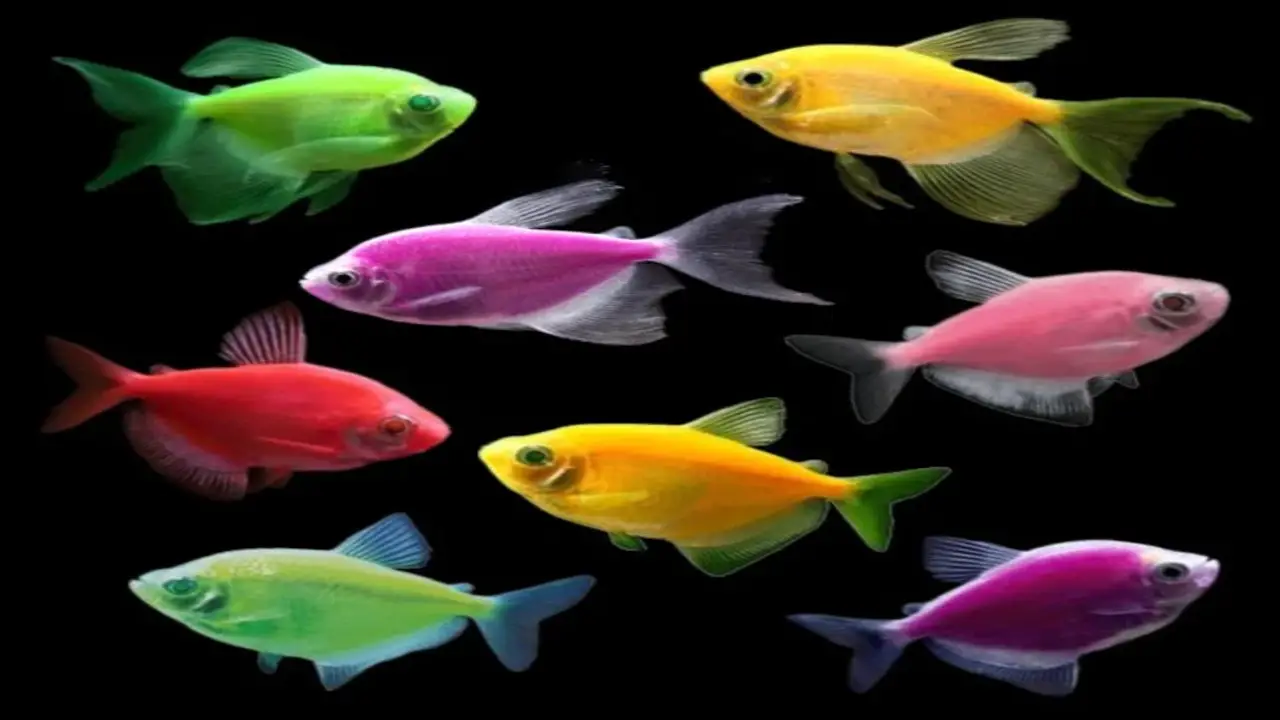
To ensure the health of your fish, regularly check the water quality and temperature in your aquarium. Observe changes in behavior and appetite, as these may indicate illness or stress. Prevent overcrowding by monitoring the fish size and number to avoid water quality issues and disease outbreaks.
Consider compatibility when adding new fish and quarantine them before introducing them to the main aquarium. Follow these guidelines to maintain a thriving aquarium. Make necessary adjustments if you notice any problems. Stay tuned for more tips on maintaining a successful aquarium!
Determine The Lifespan Of Your Fish
Knowing the lifespan of your fish is crucial for aquarium planning. Fish can live for a few months to several years. Be aware of your fish’s expected lifespan to provide proper care and environment. Some fish may outgrow your tank over time and require a larger space. Prepare for this by having a plan, such as upgrading to a bigger tank or finding a new home.
Overstocking your aquarium can harm water quality and fish health. Don’t exceed recommended stocking levels. Use a Fish Stocking-Calculator to determine the appropriate number of fish. Understanding fish lifespans and being mindful of growth and overstocking creates a healthy environment for aquatic pets.
Learn About Fish Reproduction And Spawning
Understanding fish reproduction and spawning is crucial to optimize fish stocking in your pond. Fish species have unique habits and requirements, so consider these factors before adding them. Environmental factors like water temperature, pH, and oxygen significantly impact successful spawning. Maintaining water quality by monitoring nitrates and conducting regular changes enhances the chances of reproduction.
Careful planning and monitoring create a balanced ecosystem in your pond. Consult with a fisheries biologist or experienced aquarist for valuable insights on optimizing fish stocking. They can help determine the best species, guide stocking levels, and advise on creating a suitable environment for spawning.
By understanding fish reproduction, you can ensure a thriving population in your pond. Prioritize their health by providing optimal conditions and observing behaviors. With proper planning, you can create a vibrant aquatic community.
What To Consider When Stocking Your Aquarium
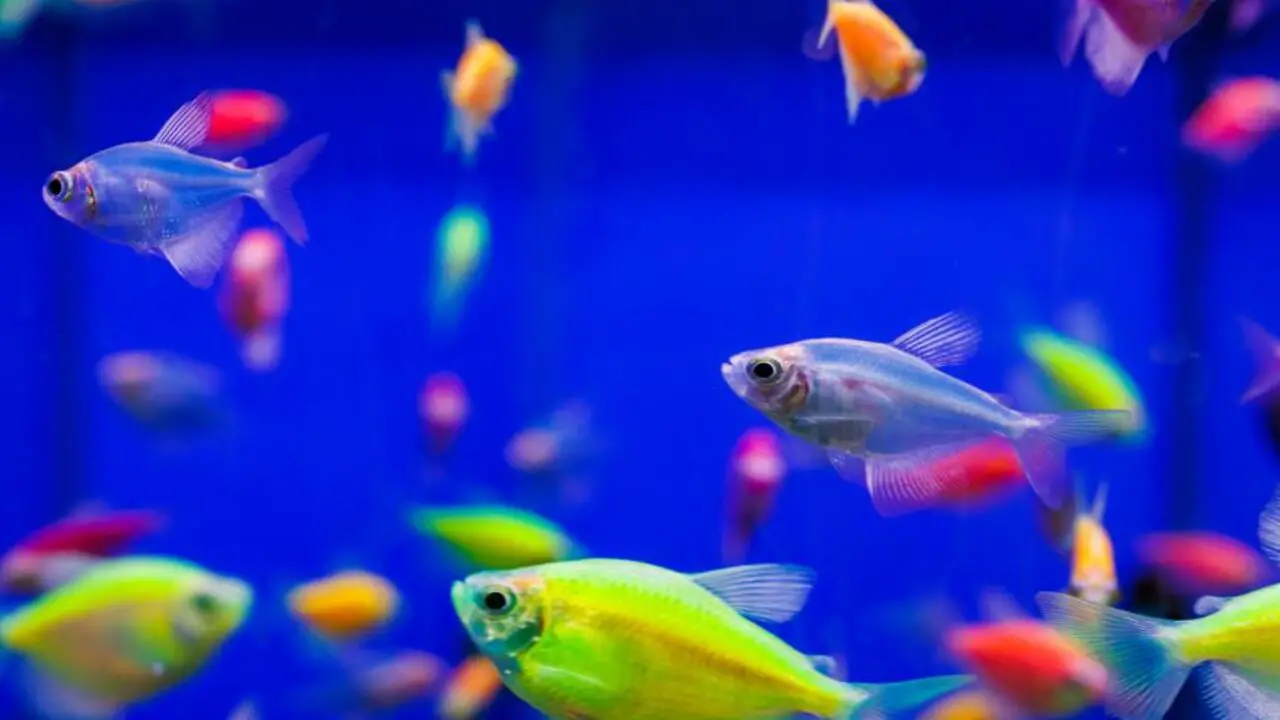
To ensure a healthy aquarium, consider several factors when stocking your tank. Choose fish that are compatible in size and behavior to prevent conflicts. Consider tank size, filtration, and oxygen levels to prevent overcrowding. Provide a varied diet based on each species’ needs. Monitor water quality regularly and perform water changes to keep it clean. Considering these factors, you can create a supportive environment for your fish.
Conclusion
A fish stocking calculator is crucial for maintaining a healthy aquarium. By accurately calculating the size of your pond and determining the optimal fish stocking level, you can ensure that your fish have enough space to swim and thrive. Additionally, selecting the right species, size, and number of fish based on your pond’s conditions and monitoring their health regularly will contribute to a balanced ecosystem.
Understanding fish reproduction and spawning will help you maintain a sustainable fish population. So, whether you are a beginner or an experienced aquarist, utilize a Fish Stocking-Calculator to plan and optimize your aquarium for the best results.
Frequently Asked Questions
How Many Fish Can I Keep In My Tank Calculator?
To determine the maximum number of fish you can keep in your tank, Fish Stocking-Calculators consider factors such as tank size, filtration, and specific fish species. It’s crucial not to overstock your tank to avoid poor water quality and stressed fish.
Could Anyone Recommend An Aquarium Stocking Calculator?
Several options are available online if you’re looking for an aquarium stocking calculator. Some popular ones include AqAdvisor, FishCalc, and The Aquarium Guide. These calculators consider factors like tank size, filtration, and fish compatibility.
What Are The Benefits Of Stocking Fish?
Adding fish to your aquarium can bring vibrancy and vitality. These aquatic creatures help maintain a healthy ecosystem by consuming algae and waste. Watching them swim can be soothing, reducing stress levels. Additionally, caring for fish teaches responsibility and fosters a sense of achievement.
What Is A Fish Stocking-Calculator?
A Fish Stocking-Calculator is a helpful tool for aquarium owners. It calculates the number of fish that can be safely added to a tank based on factors like tank size, filtration capacity, and fish species. Using this calculator prevents overcrowding and ensures the well-being of your aquatic pets.
What Kind Of Fish Should I Put In My Pond And Why?
When deciding on the fish to stock in your pond, consider factors like pond size, climate, and water conditions. Popular options include koi, goldfish, trout, and catfish. Determine if you want to create an ecosystem and choose fish that coexist with plants and other aquatic life.

Aquarium passion is all about connecting with the aquatic life and providing education to the public on the importance of these creatures. We showcase a wide variety of marine life through our exhibits as well as working with schools to provide unique learning opportunities for students of all ages.



